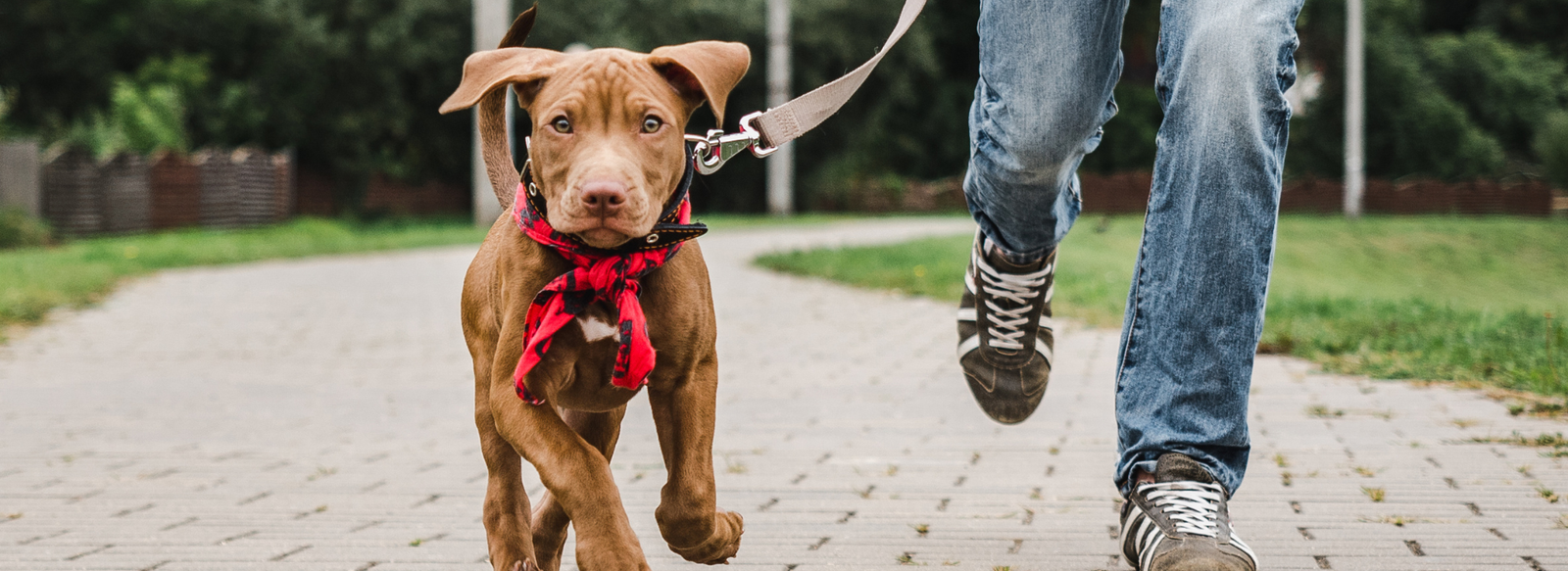How to Measure a Dog Collar: The Ultimate Guide for Pet Owners
Owning a dog comes with joys and responsibilities, one of which is the essential task of purchasing the right-sized collar for your furry friend. Much like a pair of shoes, a dog collar needs to fit perfectly – not too tight to cause discomfort, nor too loose to slip off. This article offers a step-by-step guide on how to accurately measure a dog collar, ensuring a comfortable and safe fit for your pet.
Understanding Dog Collar Types
Before diving into the measurement process, let’s briefly discuss the types of dog collars available:
- Standard Collars: The most common type, suitable for everyday use. These collars typically have a buckle or snap closure and a ring for attaching tags and a leash.
- Martingale Collars: Designed with an additional loop that tightens slightly if the dog pulls, providing extra control without choking.
- Adjustable Collars: Ideal for growing dogs, these collars can be resized for a custom fit.
- Harnesses: An alternative to a collar, harnesses provide even distribution of pressure around the chest and back when walking or training.
Now that we have a basic understanding of the different types, let’s focus on measuring for an ideal fit.
Measuring for a Perfect Collar Fit
Tools You’ll Need
- A Soft Measuring Tape preferably a tailor’s tape for its flexibility.
- A Piece of String (if you don’t have a measuring tape).
- A Rigid Ruler (if using string).
Step-by-Step Measurement Guide
- Positioning the Measuring Tape
Place the measuring tape around your dog’s neck where the collar would normally sit. This is typically just above the shoulders, allowing you to slip two fingers under the tape with ease. If using a string, wrap it around the neck and then measure the length against a ruler.
- Determining the Right Size
Once you have the neck measurement, add two inches for dogs up to 20 lbs, and three inches for larger breeds. This additional space ensures the collar won’t be too tight, allowing for breathing room.
- Taking Note of Special Considerations
For puppies or dogs that are still growing, check the fit more frequently, as you may need to adjust or replace the collar as they get older. Also, consider the fur; dogs with thick fur will need a bit more room, while those with short fur will require less.
- Double-Checking the Fit
After purchasing a collar based on your measurements, put it on your dog and assess the fit. You should be able to easily slide two fingers between the collar and your dog’s neck but not more—a good indicator that it’s not too tight or too loose.
- Adjusting When Necessary
If you’ve opted for an adjustable collar, you can fine-tune the fit. Ensure that it’s snug but doesn’t cause any compression or chafing.
Common Measurement Mistakes to Avoid
- Pulling the Tape Too Tight
It might result in a collar size that is uncomfortably tight for your dog.
- Leaving Too Much Room
On the other hand, too loose of a fit can lead to the collar slipping over your dog’s head or becoming a hazard during play or walks.
- Not Accounting for Haircuts
For dogs that receive regular haircuts, such as Poodles or Shih Tzus, remember that their collar size may change depending on their fur length.
- Overlooking Breed-Specific Needs
Some breeds, like Greyhounds, have special requirements due to their neck and head size. Consider special collars designed for these breeds.
Tips for Collar Care and Maintenance
- Regular Inspections
Check your dog’s collar frequently for signs of wear and tear, especially if they spend a lot of time outdoors.
- Cleaning
Depending on the material, most collars will benefit from a gentle wash to eliminate odors and dirt.
- Replace When Needed
No collar lasts forever. Be prepared to replace your dog’s collar when it starts showing signs of aging or damage.
Concluding Thoughts
Measuring your dog for the right collar size is simple, yet it plays a pivotal role in your pet’s comfort and safety. This guide aims to equip you with the knowledge needed to perform this task effectively. Remember to consider the material and style of the collar, the growing patterns of your dog, and any breed-specific attributes that may affect the collar’s fit.
Your dog’s collar is more than just a functional item; it’s also an extension of their personality. By taking the time to measure properly, you ensure that your pooch not only struts around in style but does so with utmost comfort. Keep in mind that a well-fitted collar is a sign of a cared-for canine and a responsible pet owner. Happy measuring and happy trails to you and your best friend!



